Featured Images
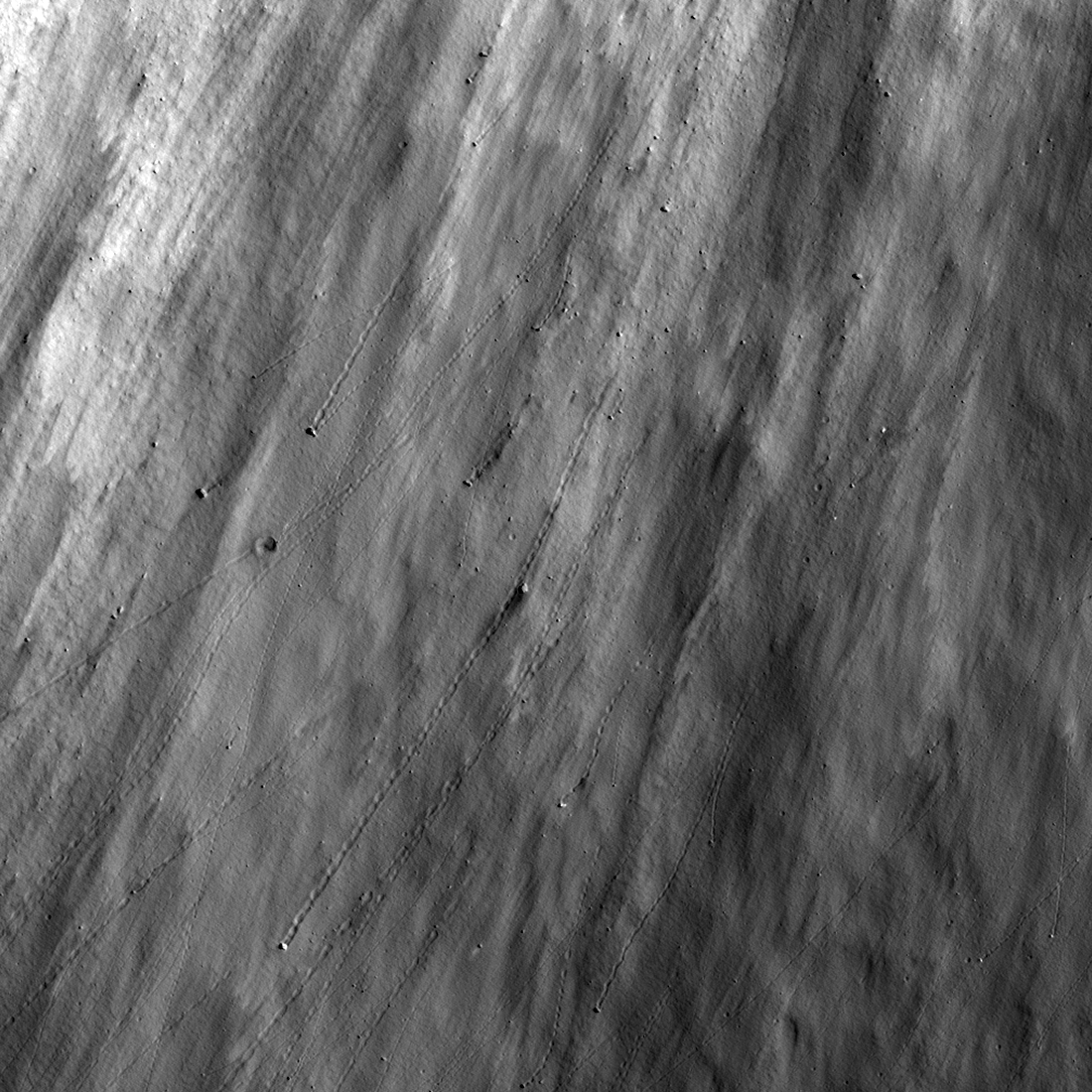
Boulder Tracks: Race to the Bottom of Chaplygin Crater!
Boulders ejected from Chaplygin B crater rolled down the wall of the much larger Chaplygin crater (4.1ºS, 151.7ºE) leaving these spectacular tracks. Image 980 meters wide, north is up [NASA/GFSC/Arizona State University].
Published on 15 Jul 2021
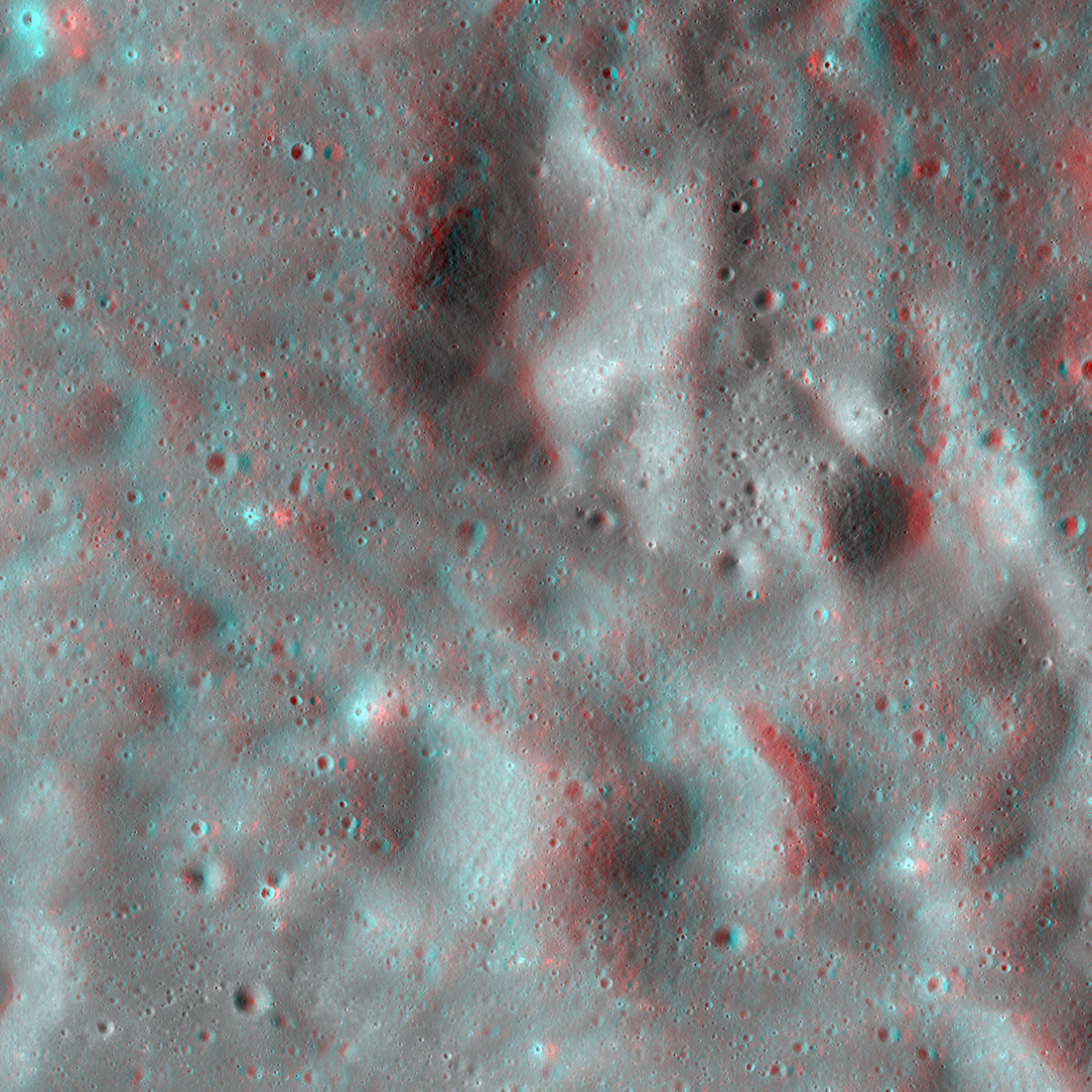
A Rain of Rock
A rain of rock carved these craters west of Vavilov crater. The ground here, which is elevated relative to the surrounding terrain, intersected with rock and other ejected debris excavated during the formation of Vavilov crater. The...
Published on 28 May 2020
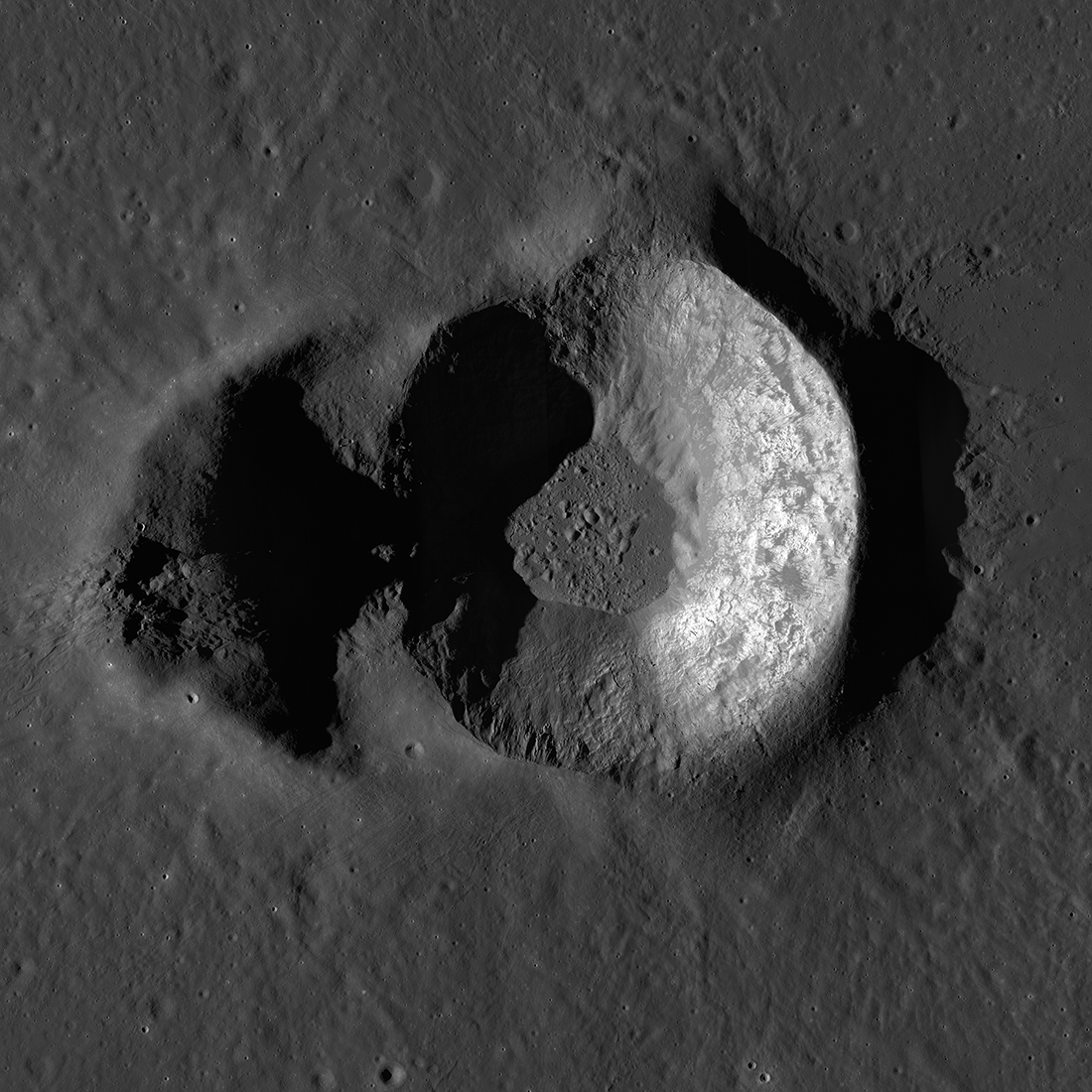
Double Trouble: Messier A
Messier A crater (2.039°S, 46.887°E, 10.6 km across from north to south) feature mosaic, created from NAC images M1188059614LR, M1188045553LR, and M1188052583LR [NASA/GSFC/Arizona State University].
Published on 01 Apr 2020
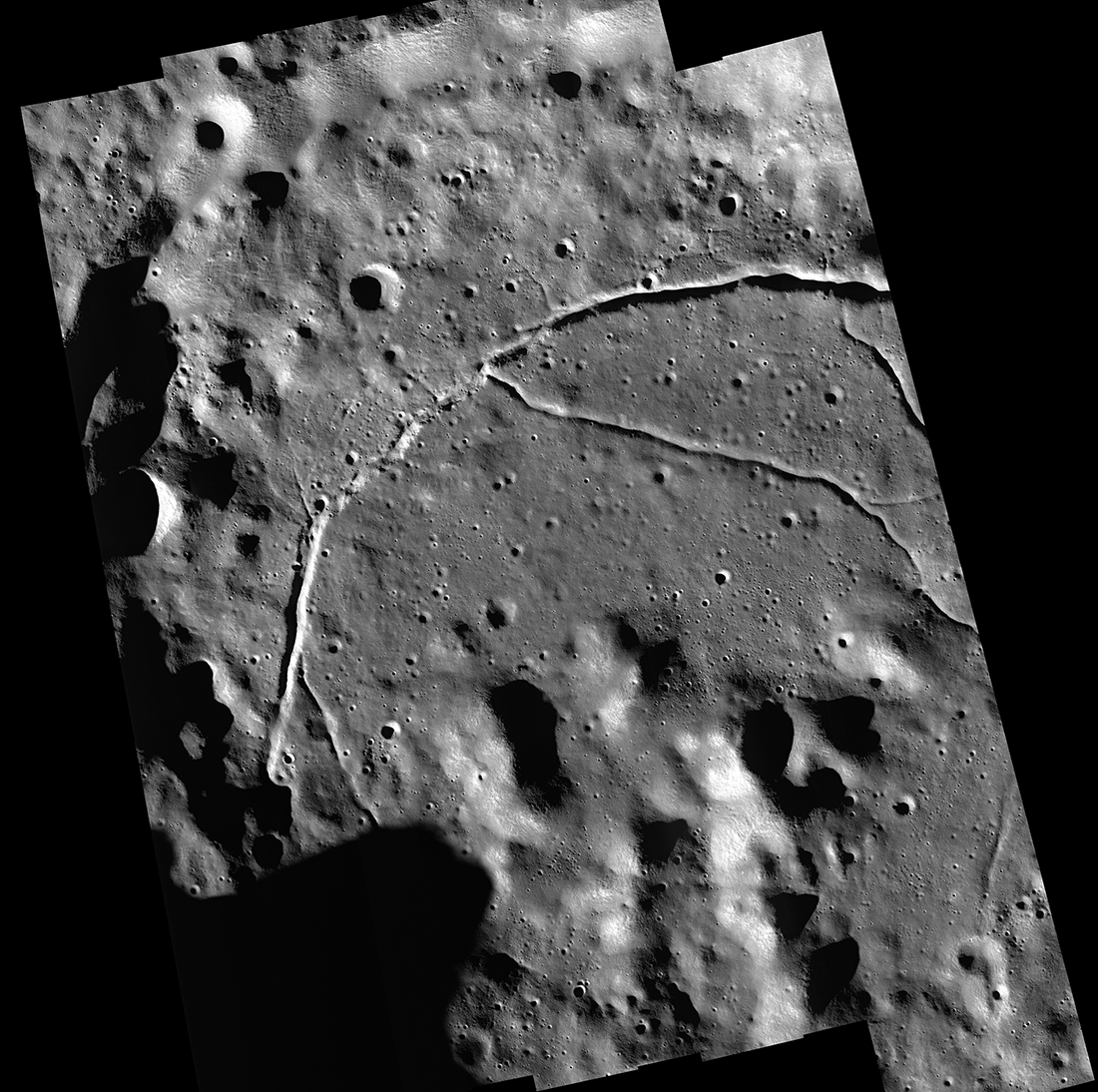
Feature Mosaics: Behind the Seams
A seamless mosaic of a portion of Karpinsky crater (91 km diameter, 72.61° N, 166.80°E) seamless mosaic. Scene is 55 km across, NAC images M1309496597L/R, M1309503618L/R, M1309510644L/R, M1309517669L/R, and M1309524696L/R...
Published on 16 Mar 2020
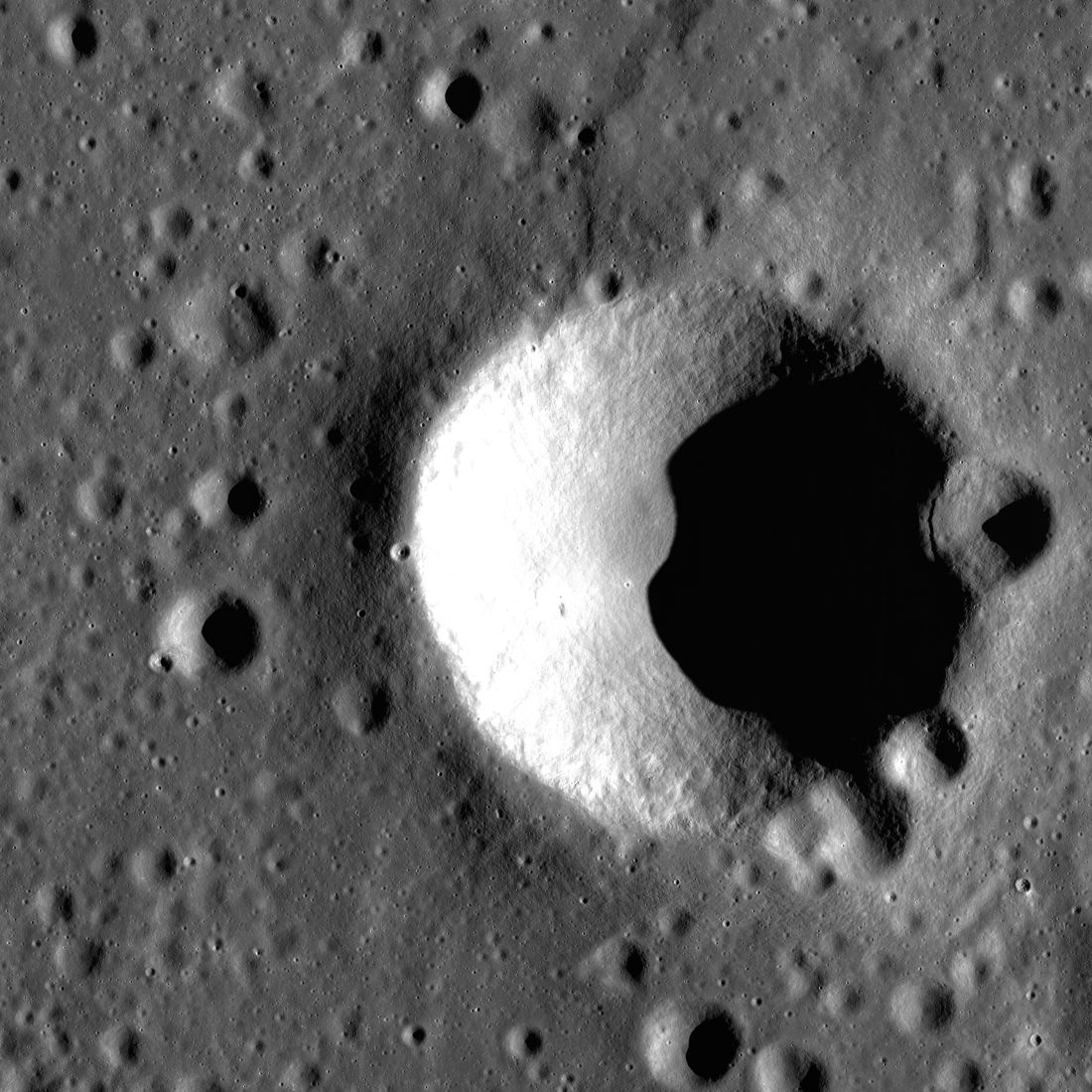
Order from Chaos — Blagg Crater
Blagg crater, named for the British astronomer who helped bring order to lunar naming chaos, is full of surprises. Taken during morning with the Sun shining from the right (east), the image above shows an area of the Moon just 9.5...
Published on 16 Apr 2019
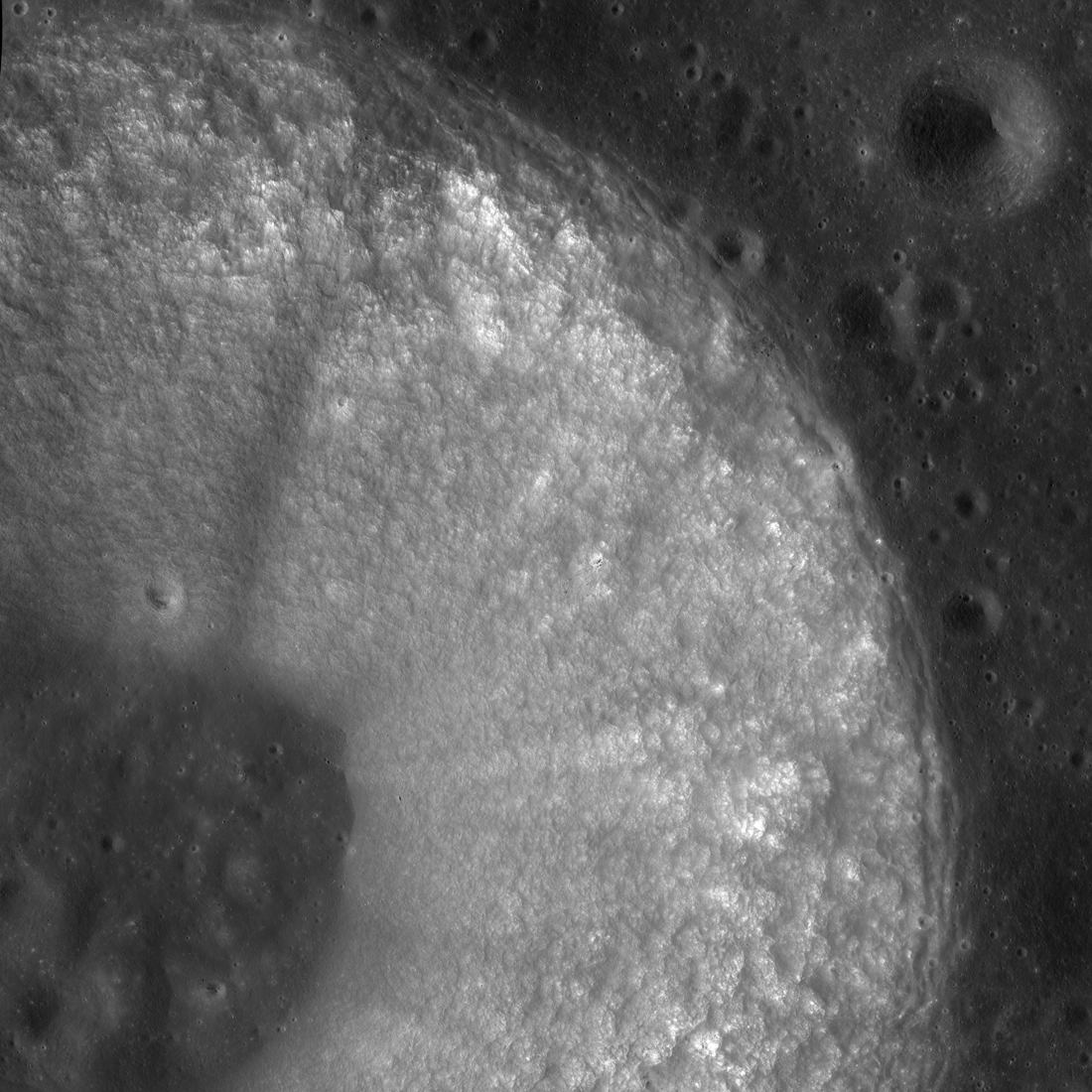
Chladni 225
Chladni crater (center lat 3.96°N, center lon 1.11°E) is a classic bowl-shaped "simple" lunar crater located in Sinus Medii ("central bay"). The image displays the north and east parts of the 13.1-kilometer-wide crater, including part...
Published on 21 Feb 2019
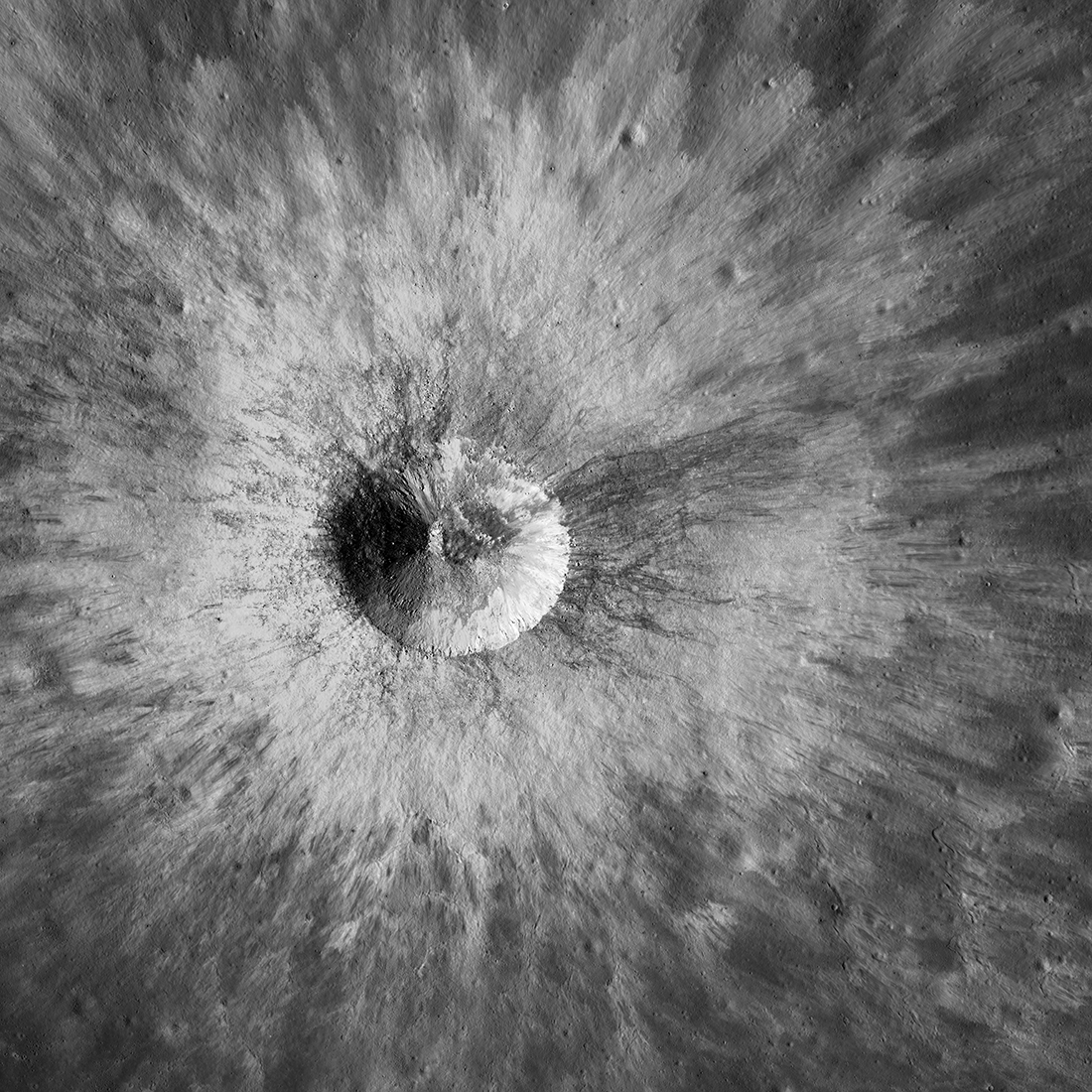
Lunar Beauty
The Lunar Reconnaissance Orbiter Camera imaged this bright young ray crater (3.13˚N, 281.07˚E) on 3 November 2018 — just three weeks ago. The Sun shone from the west (left, 48˚ incidence angle). This image covers an area 8.1 kilometers...
Published on 21 Nov 2018
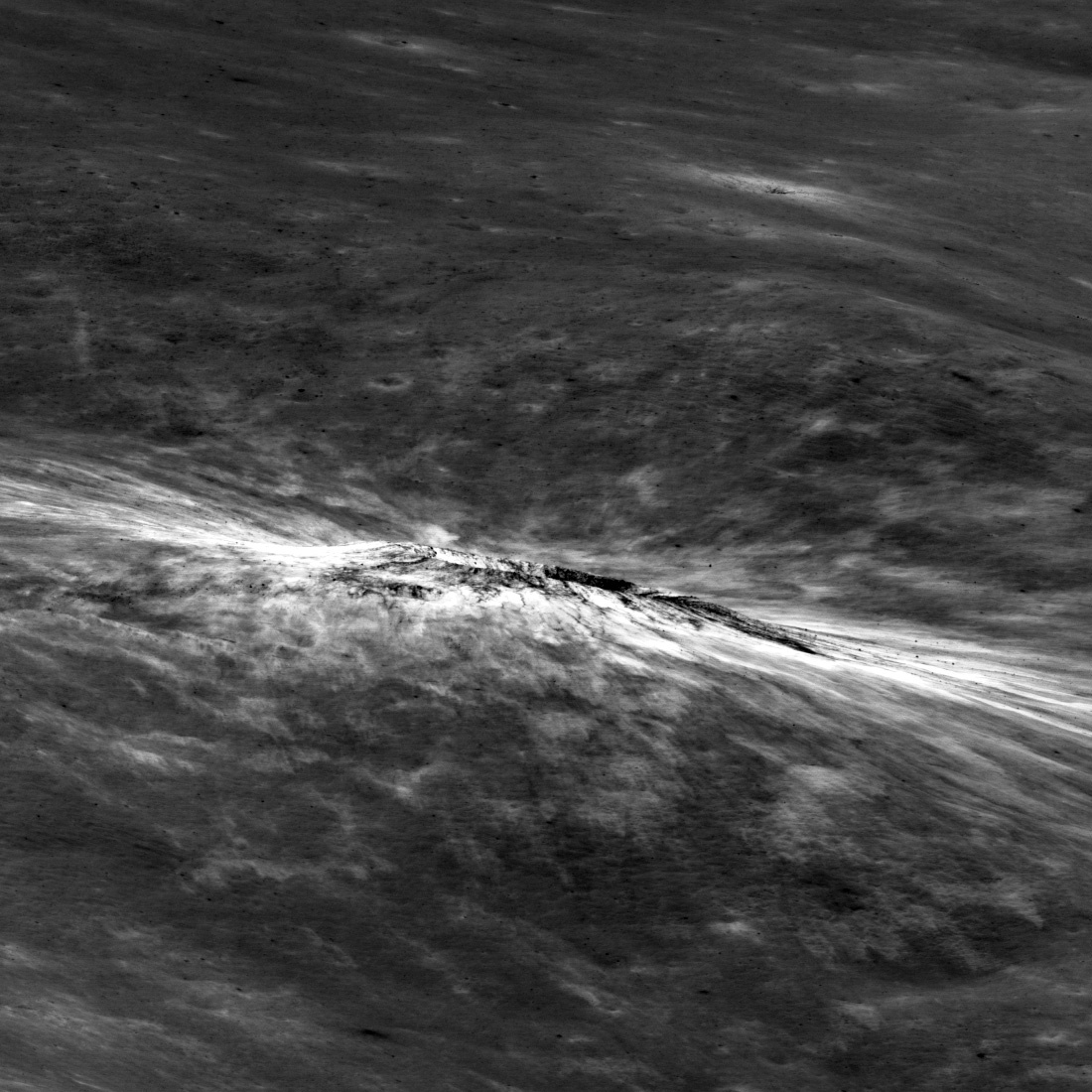
Cool Cold Spots
Oblique (very!) view of Einthoven cold spot crater, located at 109.91° E, 6.74° S. White rays and the crater's rocky rim and rugged interior wall are visible signs of youth. The cold spot anomaly surrounding the crater is another sign...
Published on 21 Aug 2018
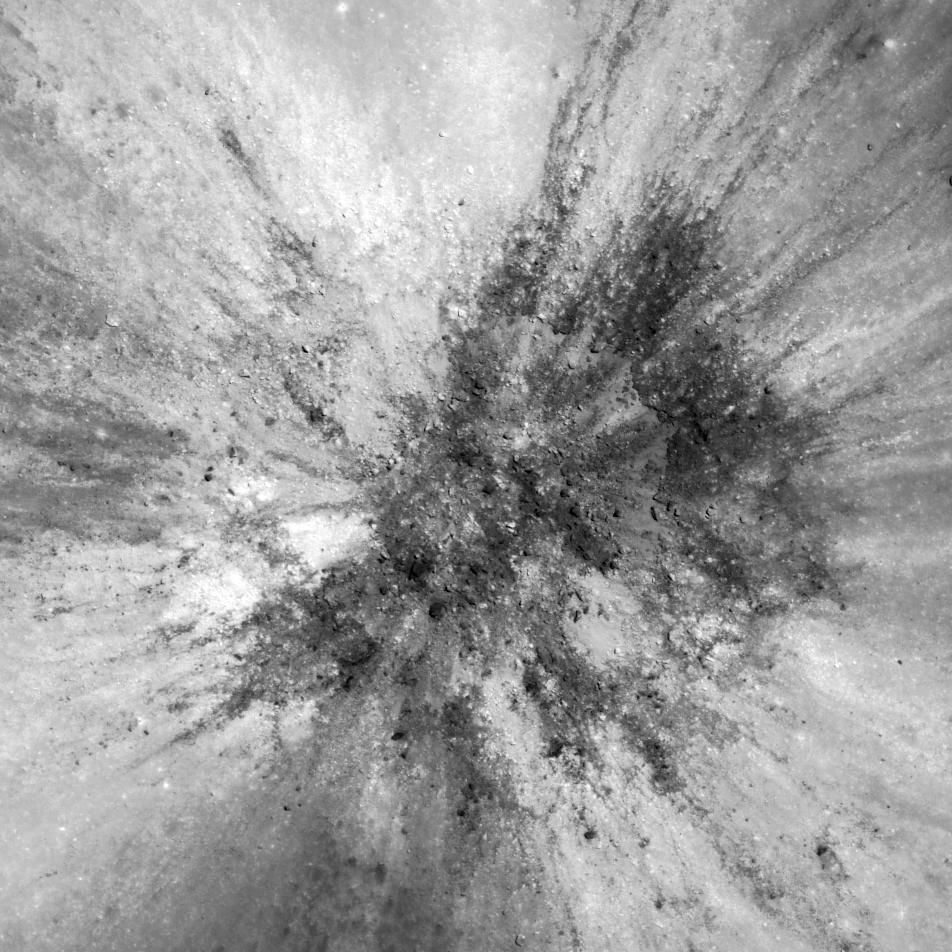
John Young at South Ray Crater
Overhead view of South Ray crater, the most prominent feature at the Apollo 16 Descartes landing site in the central lunar highlands. Astronaut John Young landed Lunar Module Orion north of the crater on 21 April 1972 (UTC)....
Published on 05 Jul 2018
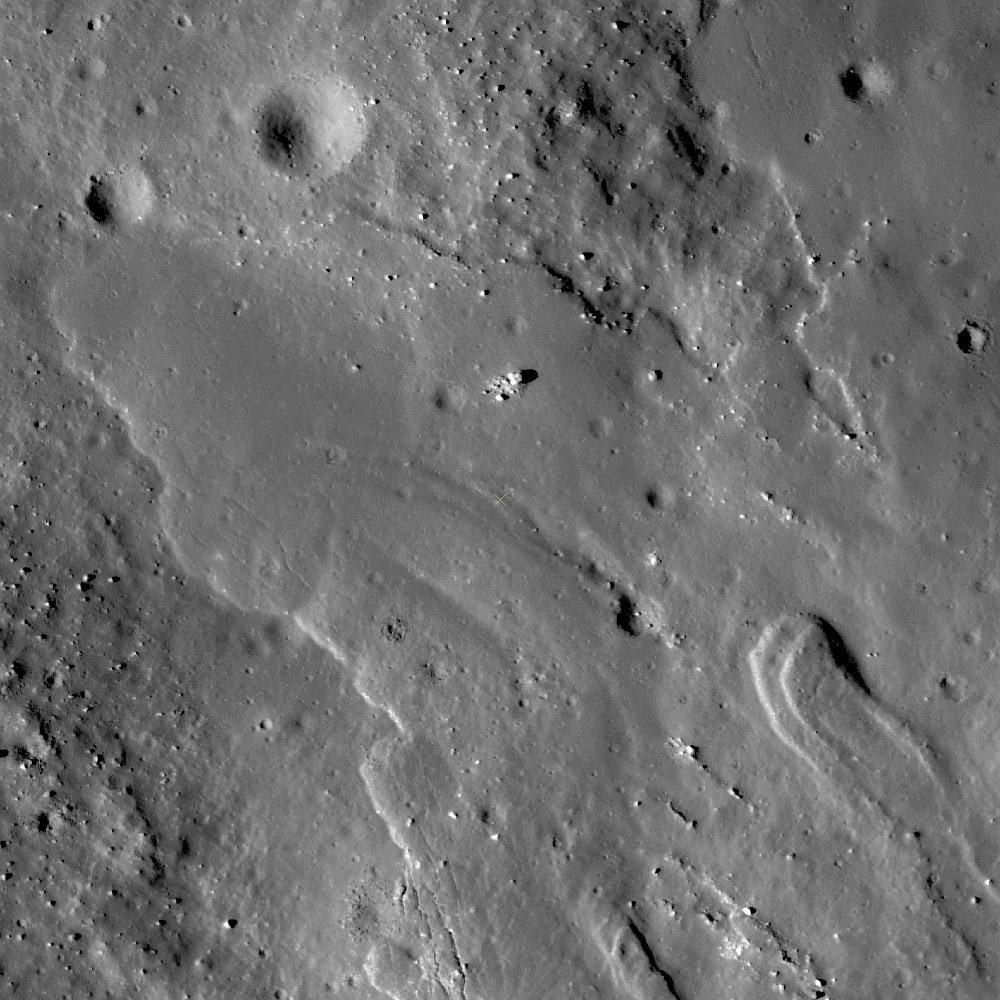
Self-Inflicted Secondaries?
This portion of an impact melt flow at Aristarchus Crater, centered at 24.6°N, 321.1°E, includes modified small craters and overlapping melt flows. What do the shapes of craters on impact melt and the statistics derived through careful...
Published on 30 Jun 2018
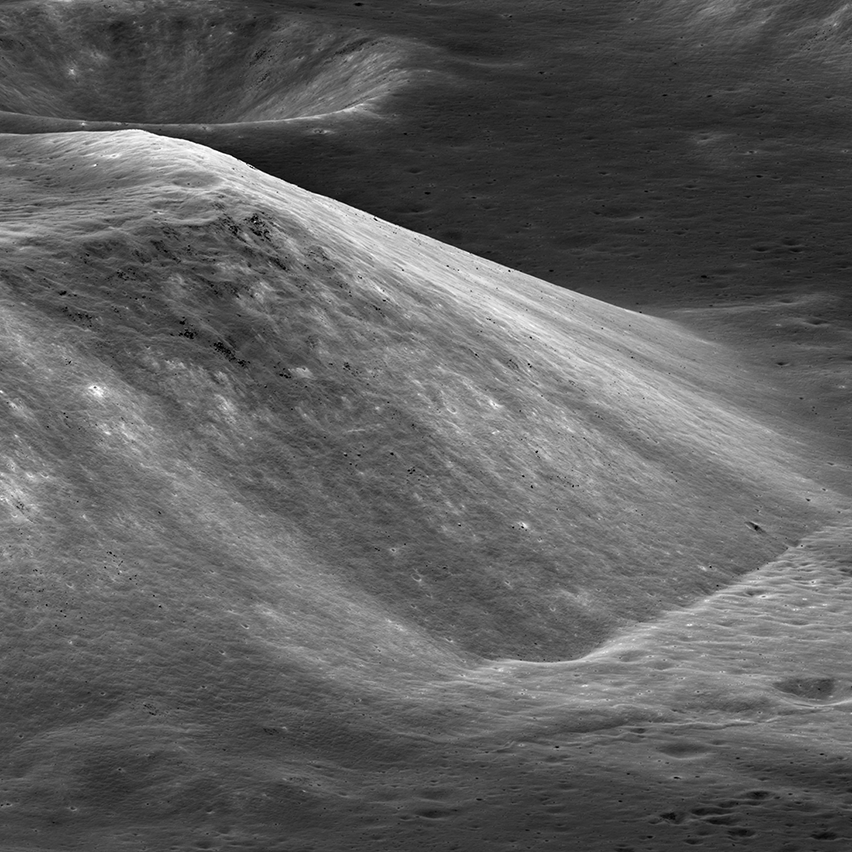
South Massif Landslide
By lunar standards South Massif is a relatively modest mountain, but with a rich history (geologic and exploration). The massif is about 7000 meters across at the base and 2300 meters tall; M1266925685LR, incidence angle 33°, slew angle...
Published on 09 Jun 2018
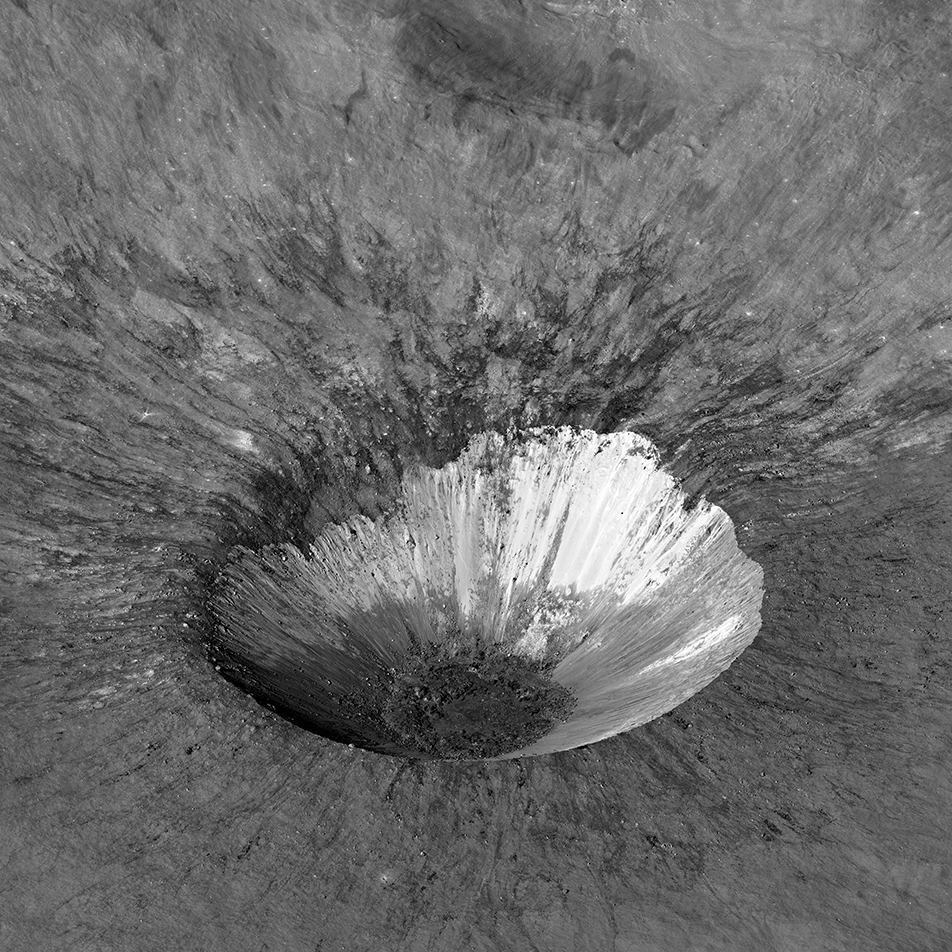
Hell Q Crater
Recent impact craters are some of the most spectacular landforms on the Moon! For example, Hell Q (3.4 kilometers in diameter, 33.0° S, 355.5° E) shows off pristine impact melt that lined the crater walls and pooled in the bottom, now...
Published on 27 May 2018
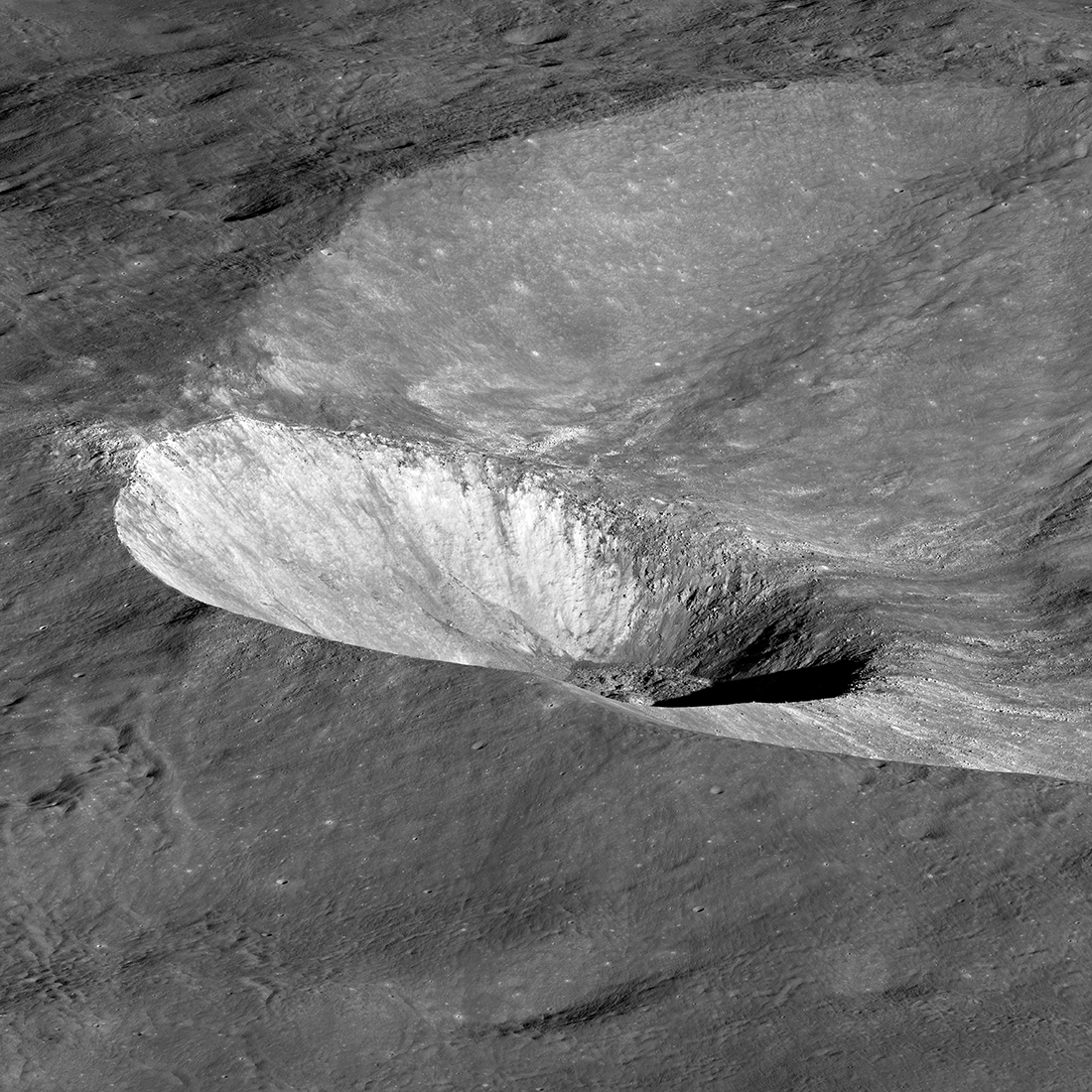
Hawke Crater
Hawke crater, 13.2 km wide, is noticeably tilted because the impactor - an asteroid or a comet - that excavated it struck the sloping inner wall of Grotrian crater. Visible are light-colored rays that attest to the crater's youth, as...
Published on 03 May 2018
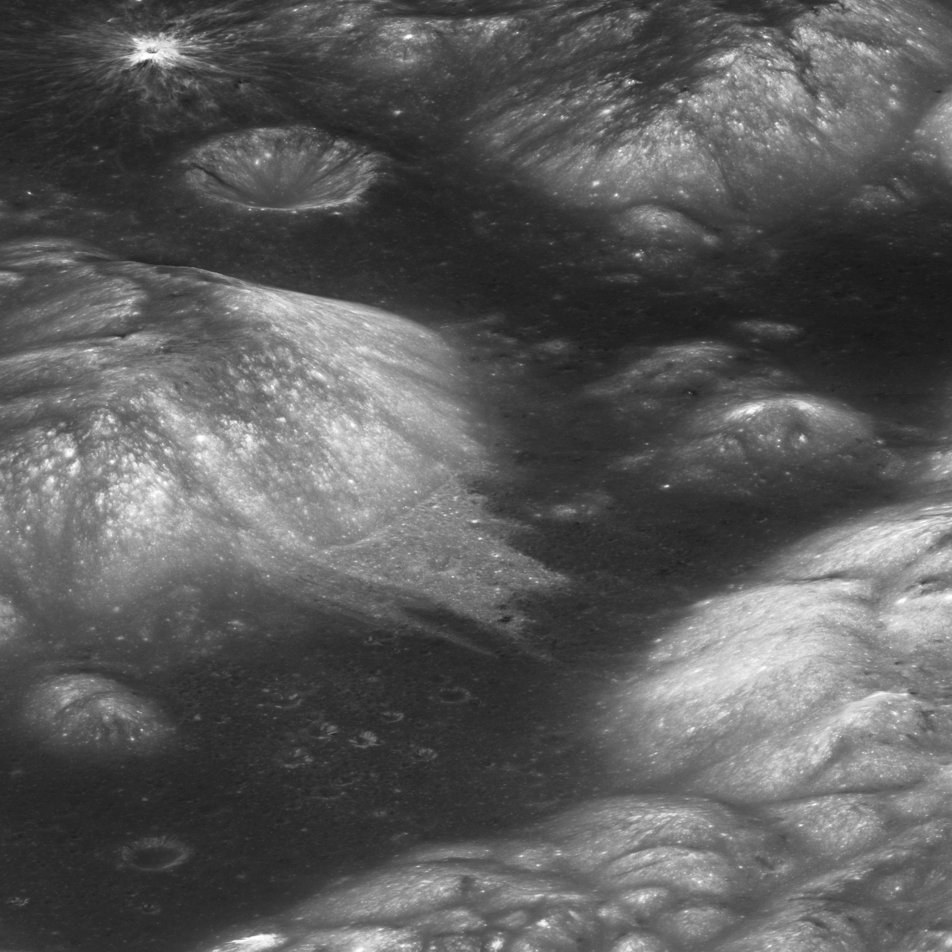
Curiously Fast Degradation of Small Lunar Craters
Taurus-Littrow valley, geologic exploration target for Apollo 17 and the Lunar Reconnaissance Orbiter Camera study team led by Dr. Prasun Mahanti. Center latitude 20.15°N, center longitude 30.98°E, image 18 km wide, image...
Published on 24 Apr 2018
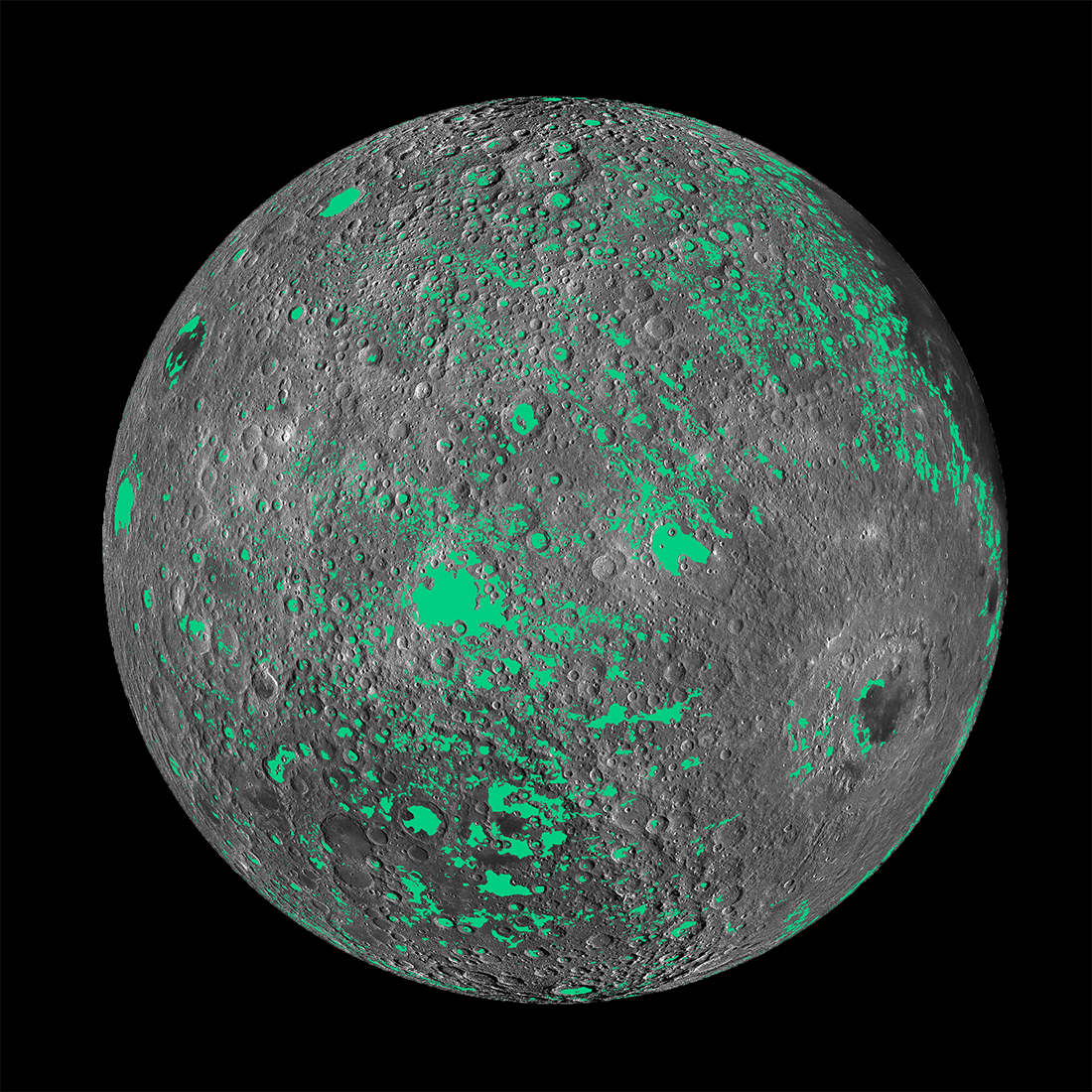
Lunar Light Plains: The Movie
The Orientale Basin, about 950 kilometers wide, is the striking multi-ringed impact feature at lower right. New research suggests that the impact event that formed Orientale may have emplaced light plains deposits - visible here...
Published on 20 Apr 2018
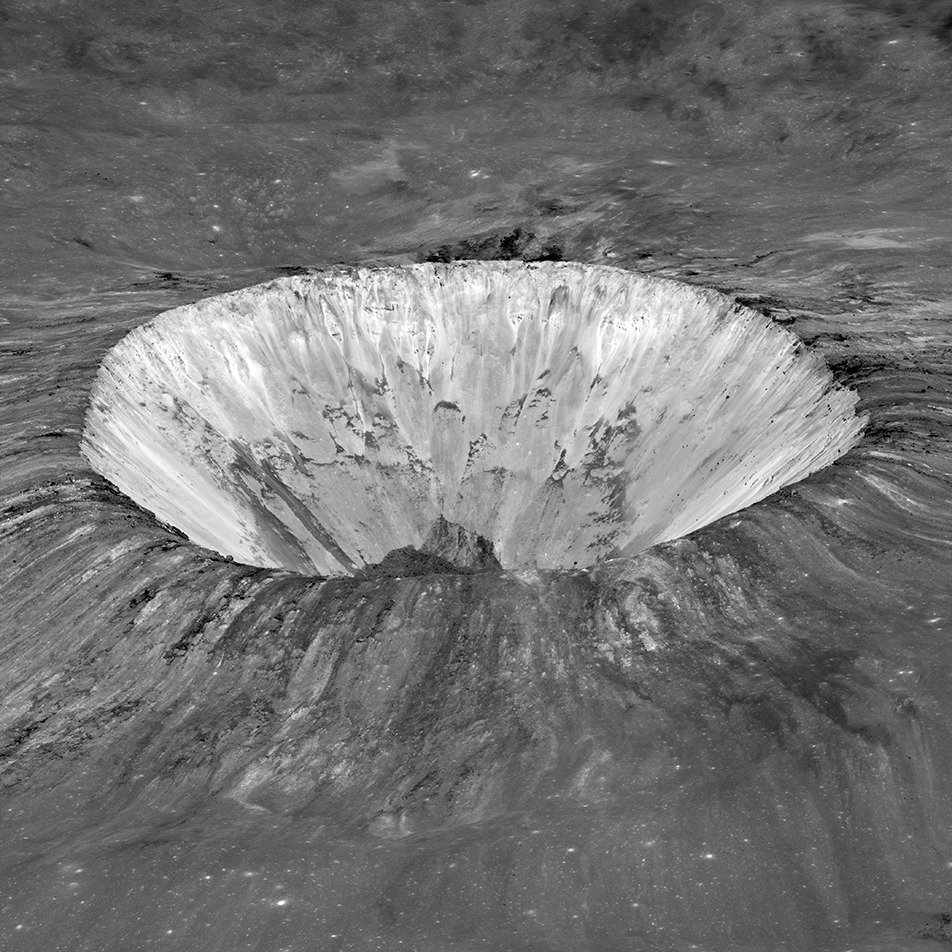
Luminous Pierazzo Crater
The Moon continues to surprise us with its beauty! When did this magnificent crater form? From its pristine state it looks as if it could have formed yesterday, however erosion proceeds slowly on the Moon. NAC M1265532953LR, scene...
Published on 13 Feb 2018
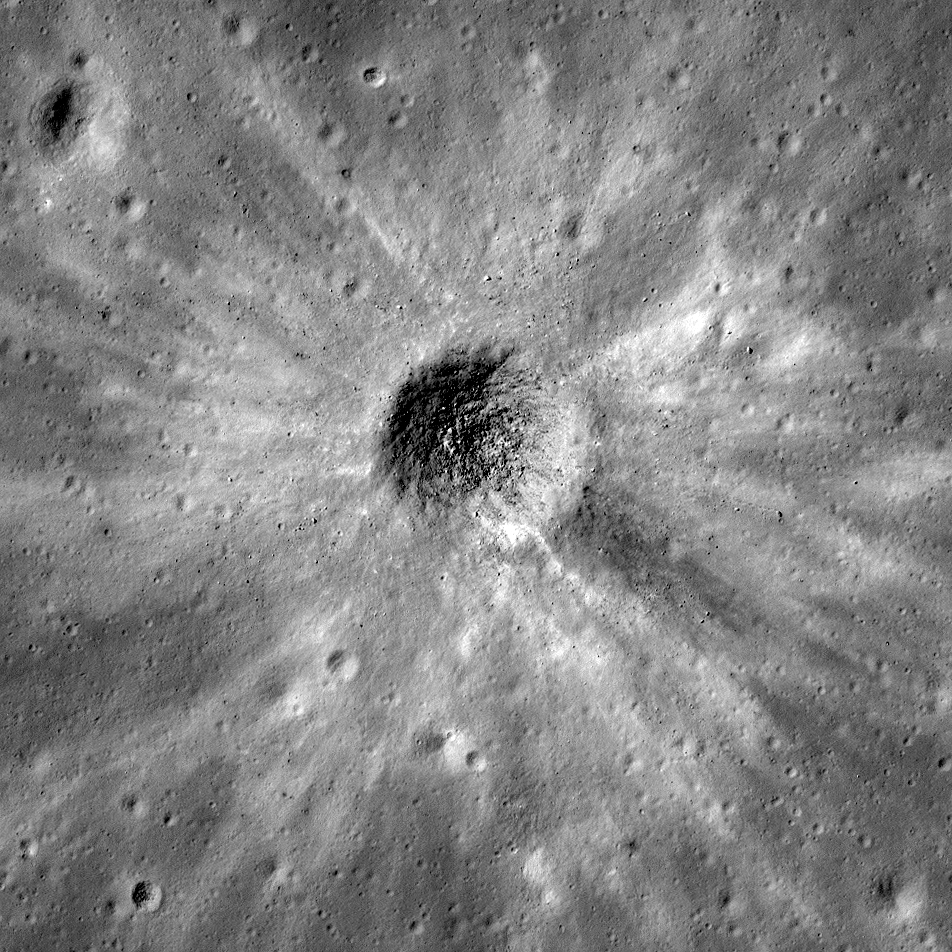
Probing the Lunar Surface Using Small Impact Craters
A fresh impact crater with finely detailed ejecta patterns. How has this crater changed since it was formed? Can the shape of this crater tell us anything about the surface in which it formed? The crater cavity (centered at 20.870°S,...
Published on 20 Oct 2017
Tycho Limb Shot!
Magnificent oblique view of the eastern side of Tycho's central peak acquired when the Sun was relatively high above the horizon. From the viewpoint of LROC the Sun was behind and a bit to the north, so shadows are mostly hidden, thus...
Published on 27 Apr 2017
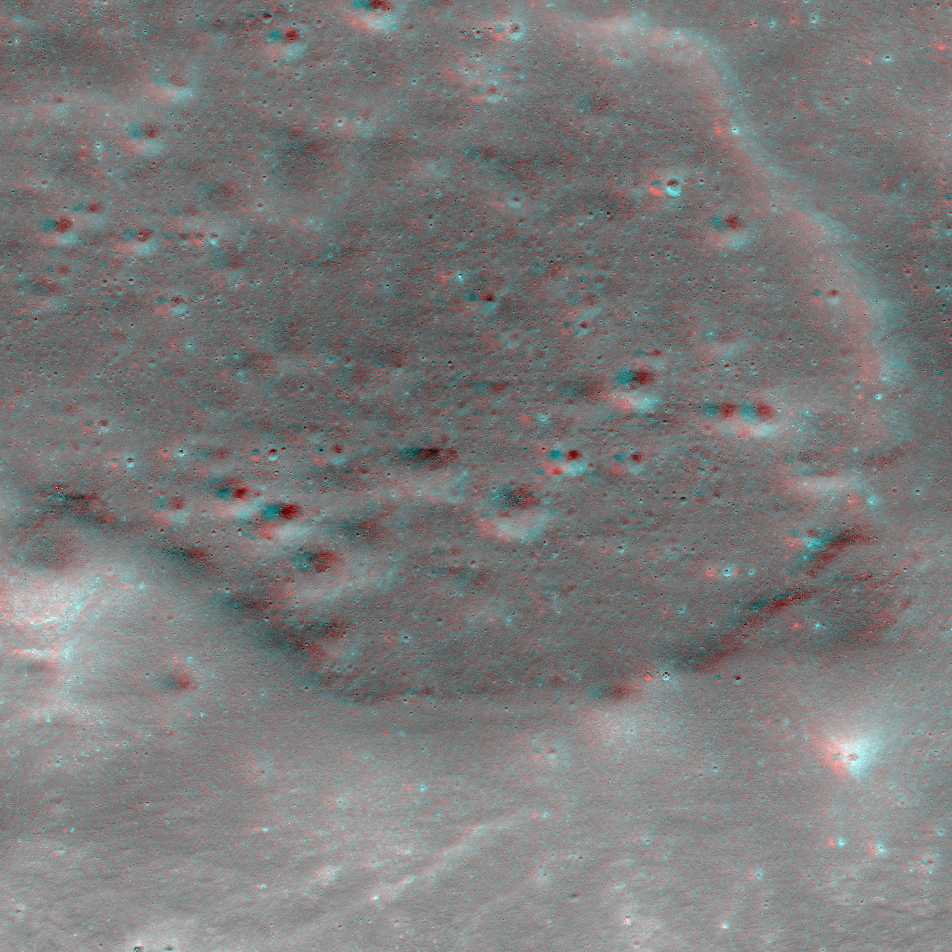
NAC Anaglyph: Buffon Flow Front
This lobate flow, found to the south of Buffon crater, likely formed as fluidized basin ejecta moved across the surface [NASA/GSFC/Arizona State University].
Published on 06 Jan 2017
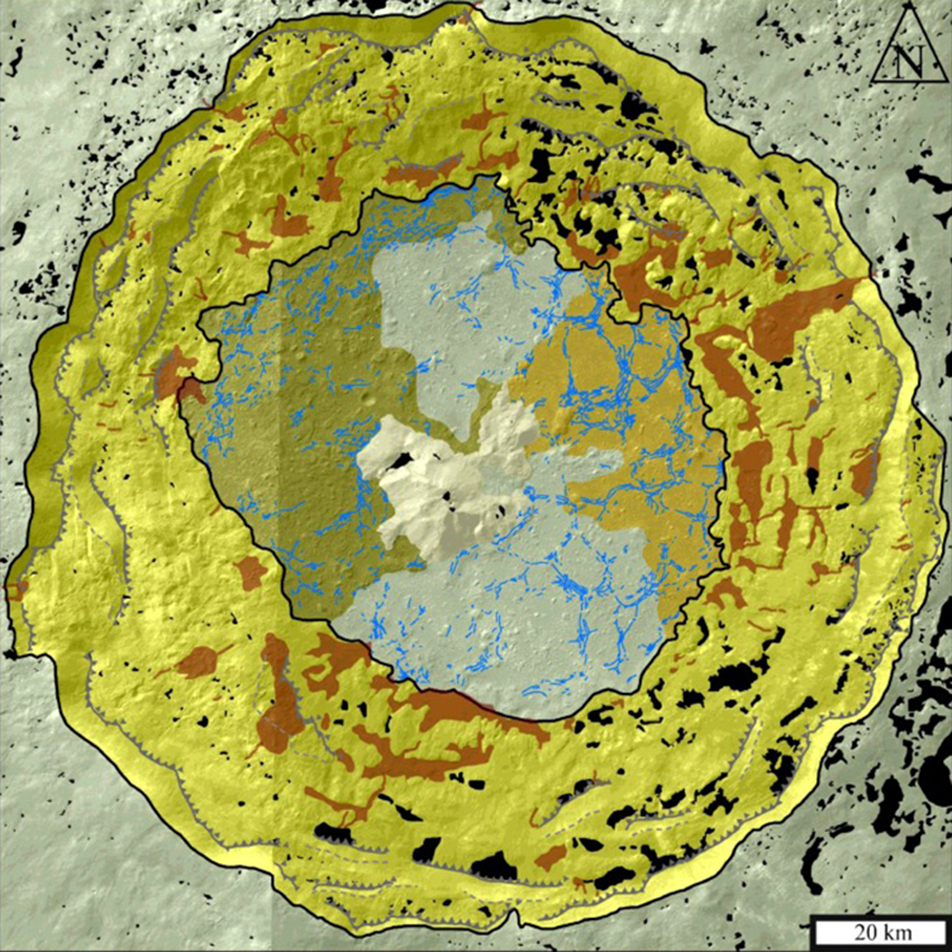
Mapping Tycho Crater
A new geomorphological map of the interior of Tycho crater, produced using LROC NAC and SELENE Terrain Camera images. Read on for legend and unit descriptions [Krüger et al., 2016].
Published on 15 Jun 2016